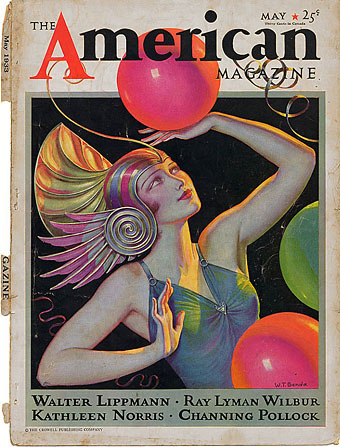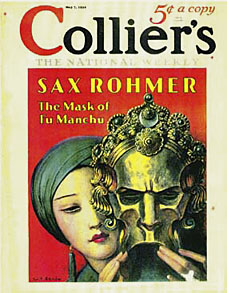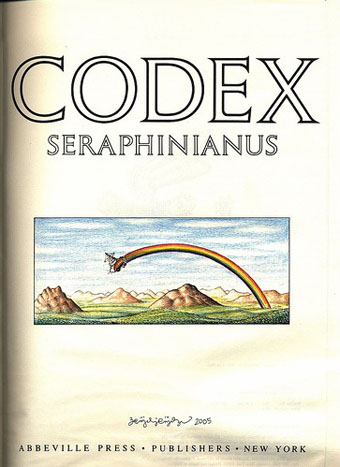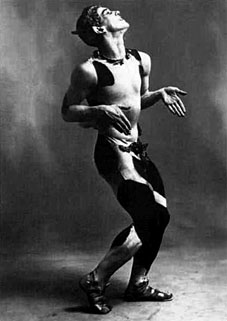 I have an abiding fascination with the Ballets Russes, Sergei Diaghilev‘s company which electrified the art world from 1909 up to the impressario’s death in 1929. One of the reasons for this—aside from the obvious gay dimension and the extraordinary roster of talent involved—is probably Diaghilev’s success in carrying the Symbolist impulses of the fin de siècle into the age of Modernism without losing any richness or exoticism along the way. Diaghilev’s arts magazine, Mir Iskusstva (1899–1900), was as much a product of fashionable Decadence as The Savoy, and its principles were easily transported into the world of ballet.
I have an abiding fascination with the Ballets Russes, Sergei Diaghilev‘s company which electrified the art world from 1909 up to the impressario’s death in 1929. One of the reasons for this—aside from the obvious gay dimension and the extraordinary roster of talent involved—is probably Diaghilev’s success in carrying the Symbolist impulses of the fin de siècle into the age of Modernism without losing any richness or exoticism along the way. Diaghilev’s arts magazine, Mir Iskusstva (1899–1900), was as much a product of fashionable Decadence as The Savoy, and its principles were easily transported into the world of ballet.
A big subject, then, that’ll no doubt be returned to in later postings. Looking around for images of dancer and choreographer Vaslav Nijinsky in his celebrated (and notorious) role in L’Après-midi d’un Faune turned up not only Leon Bakst’s luscious drawing but some marvelous Beardsley-esque pictures by George Barbier (1882–1932). I’d seen some of Barbier’s work before but didn’t realise he’d created a whole book devoted to the dancer. Artists like Bakst, Erté and Barbier show how Aubrey Beardsley’s art might have developed had he not died prematurely in 1898. You can see the full set of book plates here.
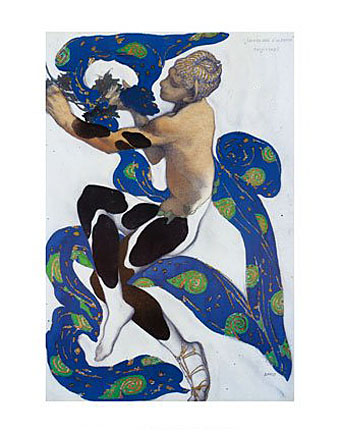
Nijinsky as faun by Leon Bakst (1912).
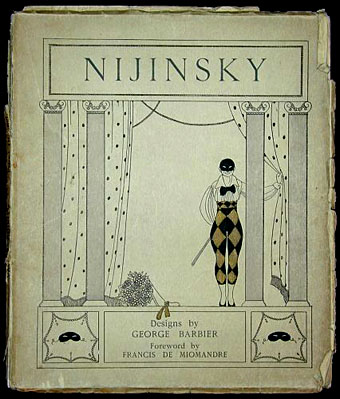
Designs on the Dances of Vaslav Nijinsky (and below) by George Barbier (1913).
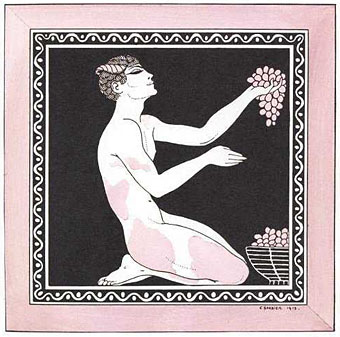
L’ Apres-midi d’un Faune.
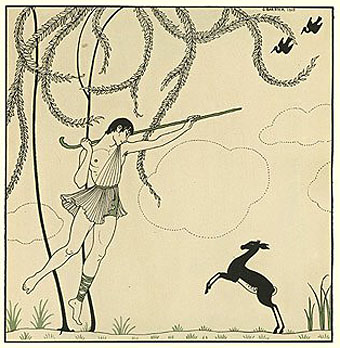
Narcisse.
Elsewhere on { feuilleton }
• The gay artists archive
• The illustrators archive
Previously on { feuilleton }
• The art of Nicholas Kalmakoff, 1873–1955

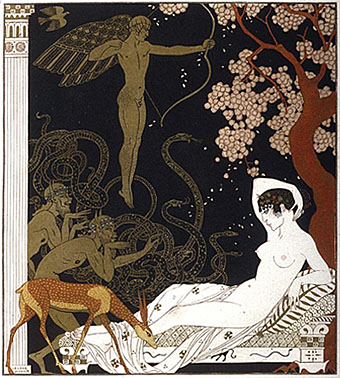
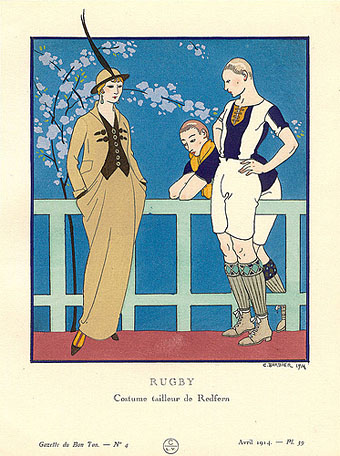
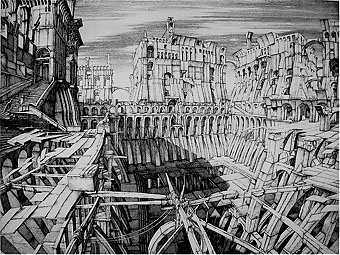
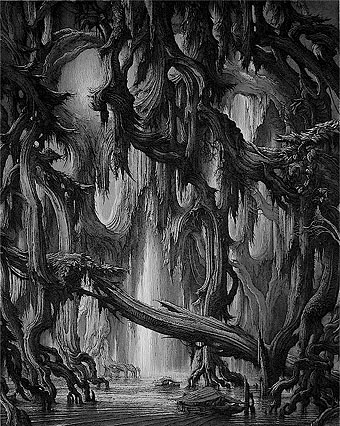
 I have an abiding fascination with the
I have an abiding fascination with the 



